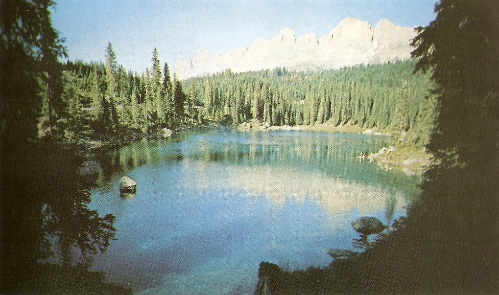Its formula is H2 O.
4. Answer if these statements are true or false:
5. Water Classes
The water is usually composed by other substances that make impure it: salts and dissolving gases. We can distinguish these classes of water according to their composition:
- Distilled water: it has no impurities because it comes from the distillation of water in a laboratory.
- Natural water: it comes from the atmosphere (rain or snow) and has undergone a process of distillation. However, it has in dissolution oxygen (O2) and carbon dioxide (CO2).
- Saltwater: It is founded in oceans and seas. It represents 98% of the total land area. It contains large amounts of dissolved salts: chlorides, sulfates and bicarbonates of sodium, magnesium and calcium.
- Fresh water: it comes from the rain and due to the solvent power of water, it always contain dissolved substances but in minor proportions proportions than the salt water.
There are also hot springs with high temperatures and are medicinal. They have certain temperature or contain dissolved salts used to cure certain diseases.
6. Select if the indicated water is distilled, natural, salty or fresh:
7. The states of water
Water is in solid (ice, hail, frost), liquid (natural water, dew) and gaseous (water vapor, cloud) form.
In the picture we see the five processes which produce changes in the state of water:
- Vaporization: transition from natural water to water vapor. When we boil water at a temperature of 100 ° centigrade, the water becomes water vapor (boiling). The surface of the seas and rivers also evaporates without reaching that temperature (evaporation), forming clouds.
- Condensation: transition from water vapor to natural water. Thus precipitation forms as rain.
- Freezing: transition from water to ice, at a temperature of 0 ° C.
- Melting: transition from solid (hail ice) to liquid (natural water). It occurs when the temperature is between 0 ° and 100 ° C.
- Sublimation: transition from ice water vapor to ice or vice versa.
8. Indicate if vaporization, condensation, freezing, melting or sublimation occurs:
9. Rain.

